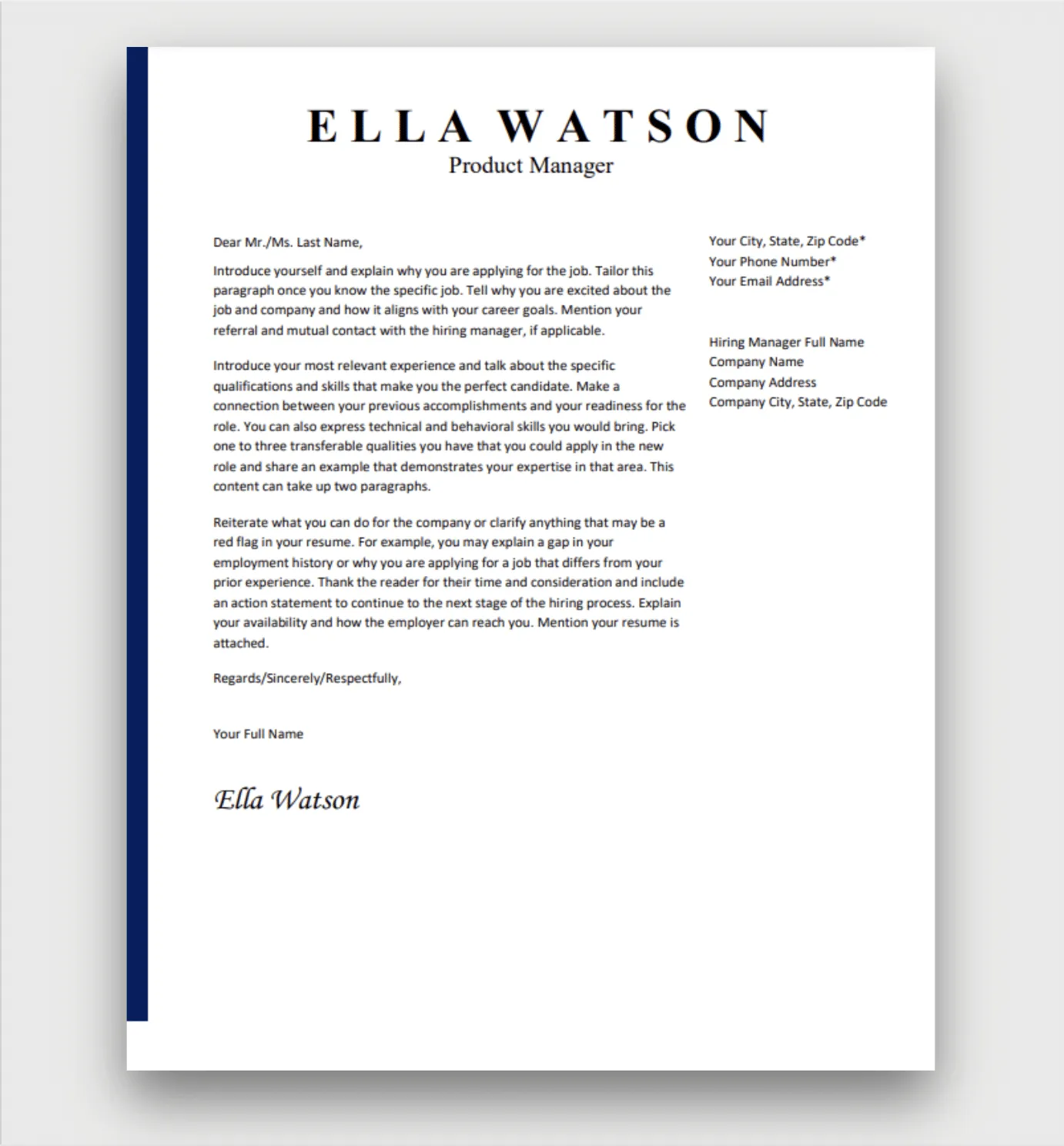What is a Cover Letter?
A cover letter is a formal document that you submit with your resume when applying for a job. It serves as an introduction, giving you the opportunity to highlight your skills, experiences, and explain why you are the perfect fit for the position. This document helps you establish a connection with the hiring manager. Unlike a resume that provides a summary of your credentials, a cover letter gives you the chance to convey your personality, enthusiasm, and interest in the role. A well-crafted cover letter can increase your chances of getting an interview because you’re providing a detailed explanation as to why you are the best candidate.
Why is a Cover Letter Important?
A cover letter is more essential than ever in the competitive job market. It is a chance to connect with the hiring manager and establish a personal connection, which is something your resume cannot do. With the help of a cover letter, you can explain any gaps in your employment history, expand on your accomplishments, and tailor your application to suit the job description. It highlights your written communication skills, attention to detail, and your commitment to the company. Many hiring managers require a cover letter. It helps you stand out by showcasing your personality and making you memorable. This increases your chances of getting noticed by the employer.
Essential Cover Letter Formatting Elements
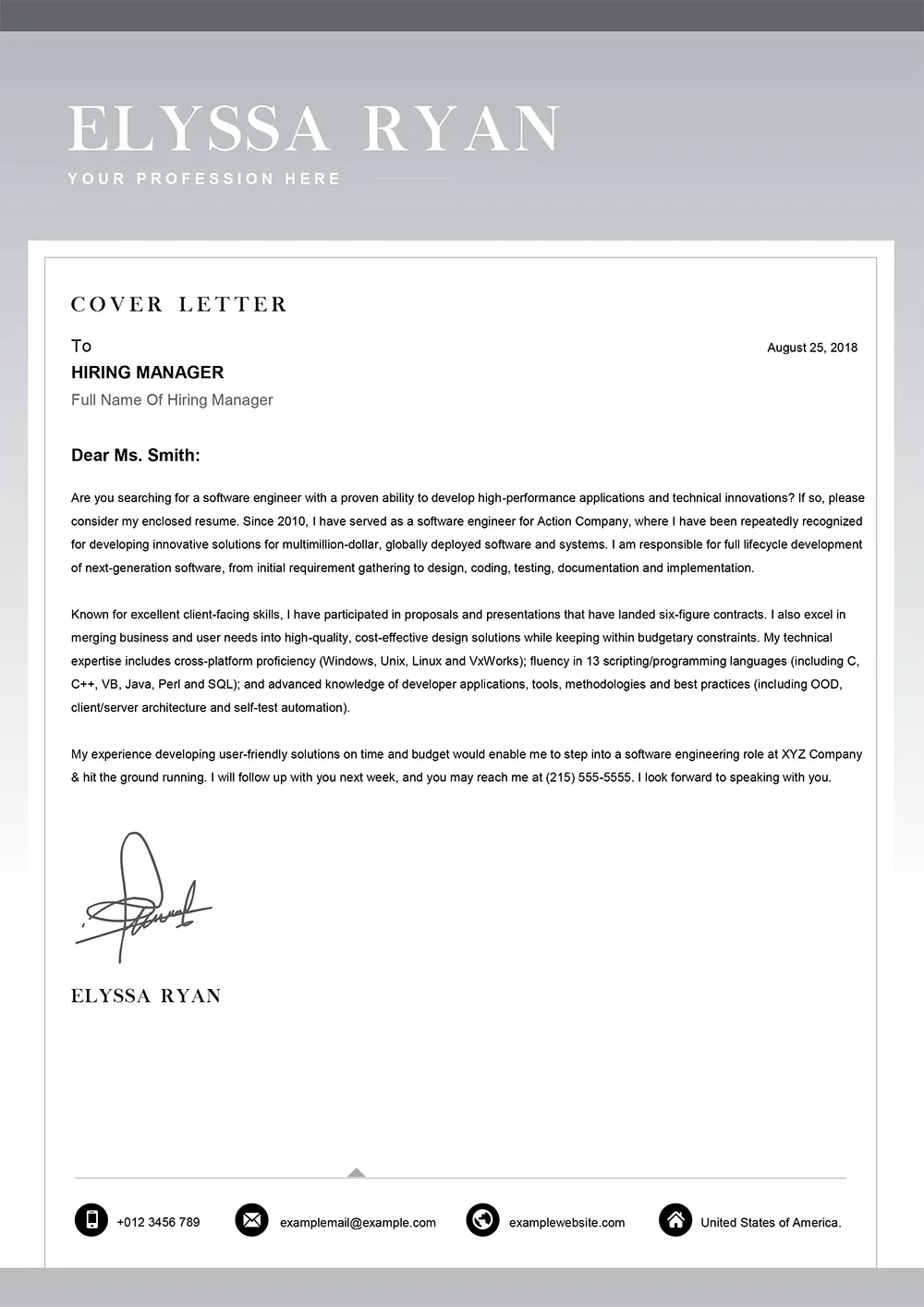
Proper formatting is vital for a cover letter because it is essential to make the document easy to read and visually appealing. Formatting ensures that your message is clear, concise, and professional, demonstrating your attention to detail, which is crucial in any workplace. Elements include contact information, a professional greeting, well-structured body paragraphs, and a formal closing. These elements will enable your letter to be as professional and effective as possible, which can increase your chances of success.
Contact Information
Your contact information should be at the top of your cover letter, often left-aligned. This allows the hiring manager to easily contact you. Make sure you include all necessary details to ensure you don’t miss out on any opportunity. Make sure the information is accurate to prevent any issues that may arise.
Your Information
Include your full name, phone number, professional email address, and optionally, your LinkedIn profile URL. Be sure that you are using a professional email address. Always ensure all the information is up to date to avoid any mistakes.
Recipient’s Information
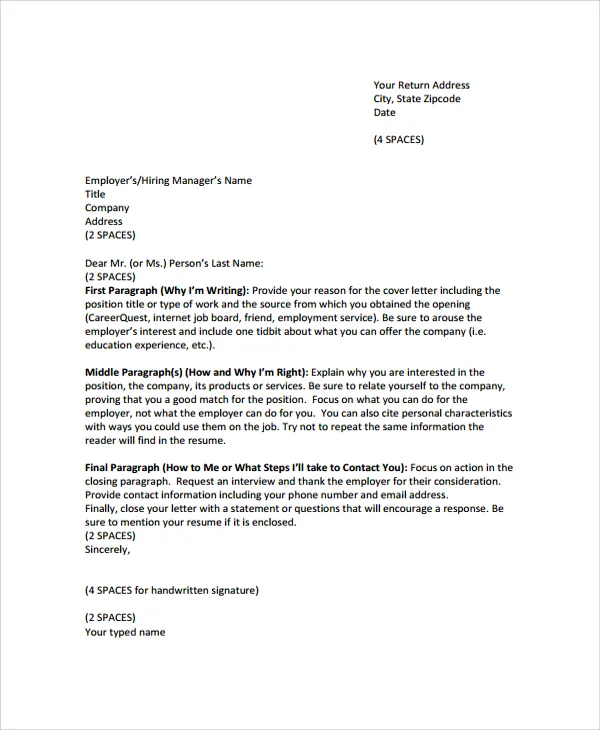
Below your contact information, include the hiring manager’s name (if known), their title, the company’s name, and the company’s address. If you don’t know the hiring manager’s name, you can research it on LinkedIn or the company website. If you cannot find a name, use a professional salutation such as ‘Dear Hiring Manager’.
Date
Include the date you are sending the cover letter below the recipient’s information. The format should be Month Day, Year (e.g., June 15, 2024).
Greeting
The greeting should be professional and tailored to the recipient. Use ‘Dear Mr./Ms./Mx. [Last Name]’ if you know the hiring manager’s name. If you do not know the name, use ‘Dear Hiring Manager’ or a similar option. Avoid generic greetings like ‘To Whom It May Concern’ because they are impersonal.
Body Paragraphs
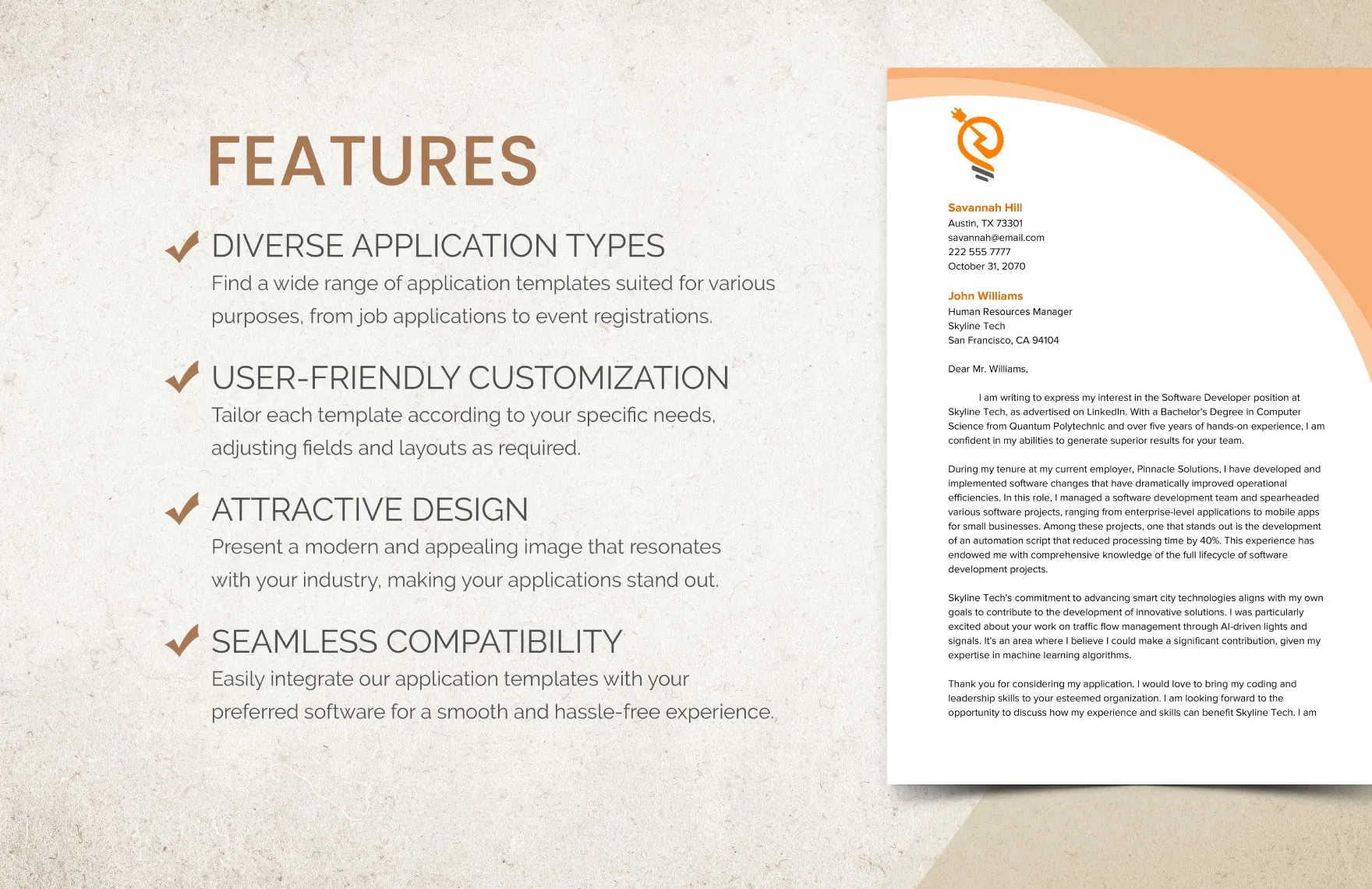
The body paragraphs form the core of your cover letter. This is where you show your skills, experience, and enthusiasm. Structure your body paragraphs logically to craft a compelling narrative. Each paragraph should focus on a specific aspect of your qualifications and align with the job requirements. Write in a clear, concise style and avoid jargon. The body usually has three paragraphs, though this can change based on the requirements of the job.
First Paragraph
Start with a strong opening to grab the hiring manager’s attention. State the position you are applying for and where you found the job posting. Briefly mention your key qualifications or why you are interested in the role. Your opening paragraph should grab the reader’s attention and make them read more.
Second Paragraph
In the second paragraph, provide more detail about your skills and experience. Highlight achievements related to the job requirements and provide specific examples of how you have demonstrated those skills. Always quantify your accomplishments when possible. Show how you add value to the company.
Third Paragraph
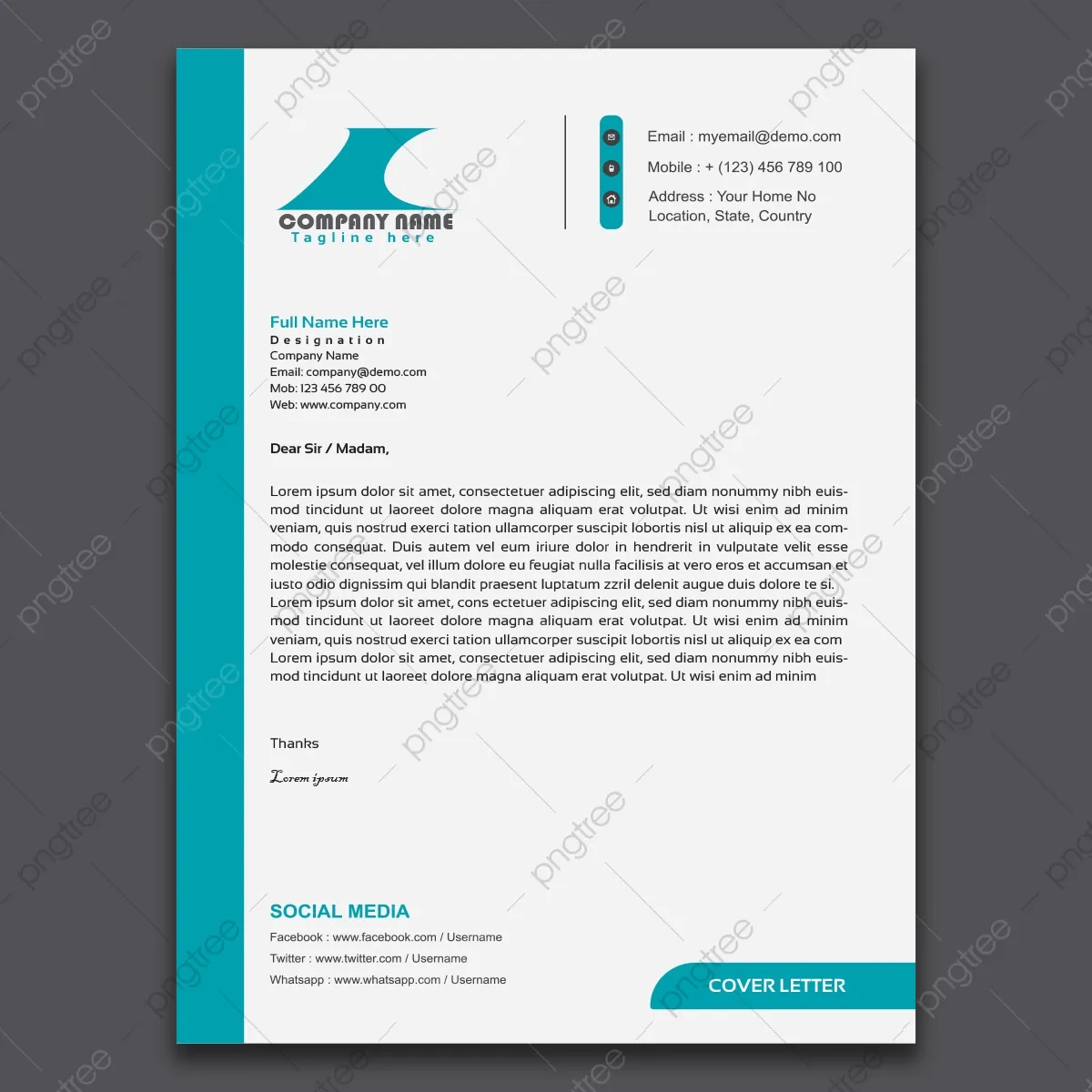
The third paragraph should address the company’s needs and how you can contribute. Express your genuine interest in the company and the specific role. Mention your enthusiasm for the company’s mission or values. Close the paragraph by summarizing why you are a strong candidate. Make sure to keep it concise, since hiring managers don’t have much time.
Closing Paragraph
The closing paragraph should thank the hiring manager for their time and consideration. Indicate your availability for an interview and how to contact you. End with a call to action, such as “I look forward to hearing from you soon” or “I am eager to discuss my qualifications further.”
Complimentary Close
Use a professional closing, such as ‘Sincerely,’ ‘Best regards,’ or ‘Yours sincerely.’ Avoid casual closings like ‘Thanks’ or ‘Best.’ The closing should be formal and appropriate for a job application. This is the final step to give a good impression.
Signature
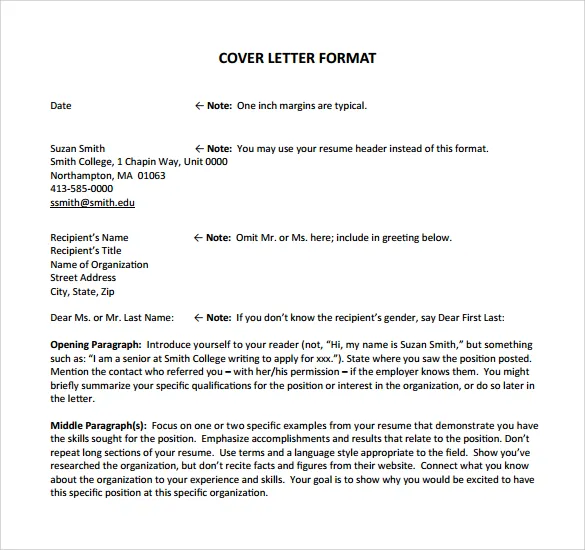
If you are submitting a digital cover letter, type your full name below the complimentary close. If you are printing and mailing your cover letter, leave space for your handwritten signature above your typed name. Always make sure your signature looks professional and represents your brand.
Postscript
A postscript (P.S.) is optional but can be a good way to include an extra piece of information you want to highlight. Use the postscript to mention a significant accomplishment, a unique skill, or a referral. Always keep the postscript brief and relevant.
Cover Letter Formatting Best Practices
Following these formatting tips will help you create a professional cover letter. It should be easy to read, visually appealing, and effectively convey your qualifications. You can pay attention to font, margins, spacing, and file format to make a positive first impression. The key is consistency in formatting. With the right formatting, you can highlight the most important aspects of your profile and increase your chances of getting hired. These best practices can help you create a good cover letter.
Font and Size
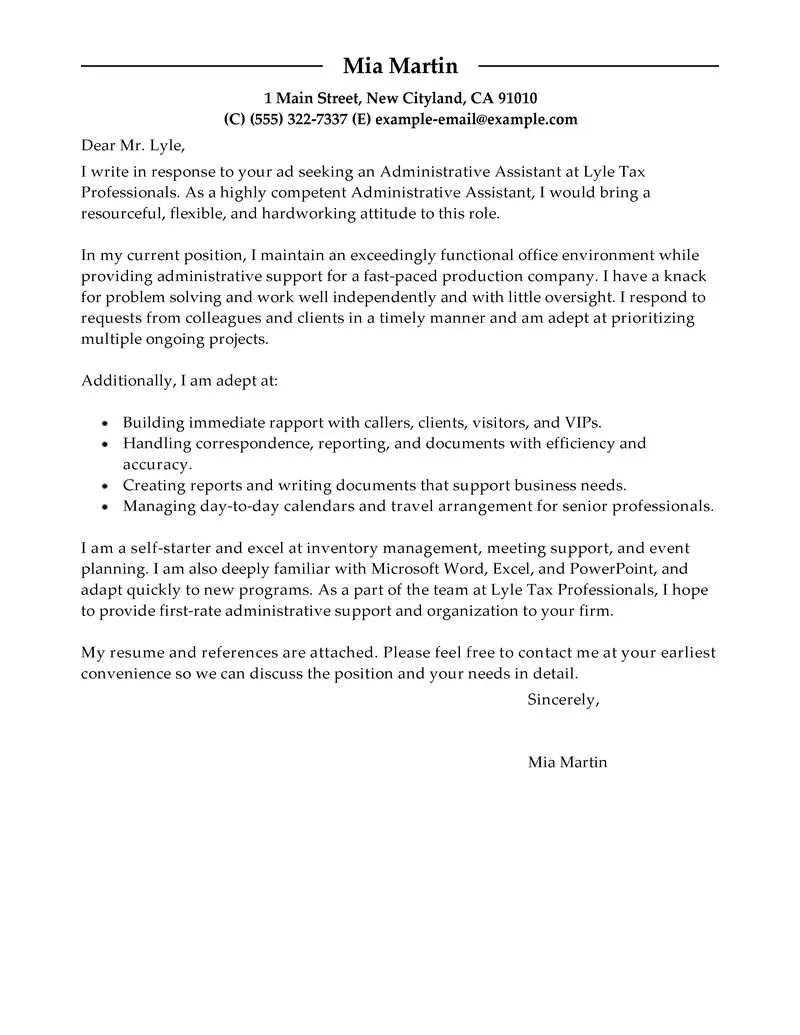
Choose a readable font, such as Times New Roman, Arial, Calibri, or Helvetica. Use a font size between 10 and 12 points. Always avoid decorative or unusual fonts. Consistent fonts will increase readability. This is to demonstrate your attention to detail.
Margins and Spacing
Set margins to 1 inch on all sides. Single spacing for the body of the letter and double spacing between paragraphs. This makes your cover letter look clean, uncluttered, and easy to read. Proper spacing makes it easier for the hiring manager to quickly scan and get the key points.
File Format
Save your cover letter as a PDF file unless the job application instructions specify a different format. PDF files keep the formatting and ensure that the document looks the same on any computer or device. This is to prevent formatting issues.
Proofreading
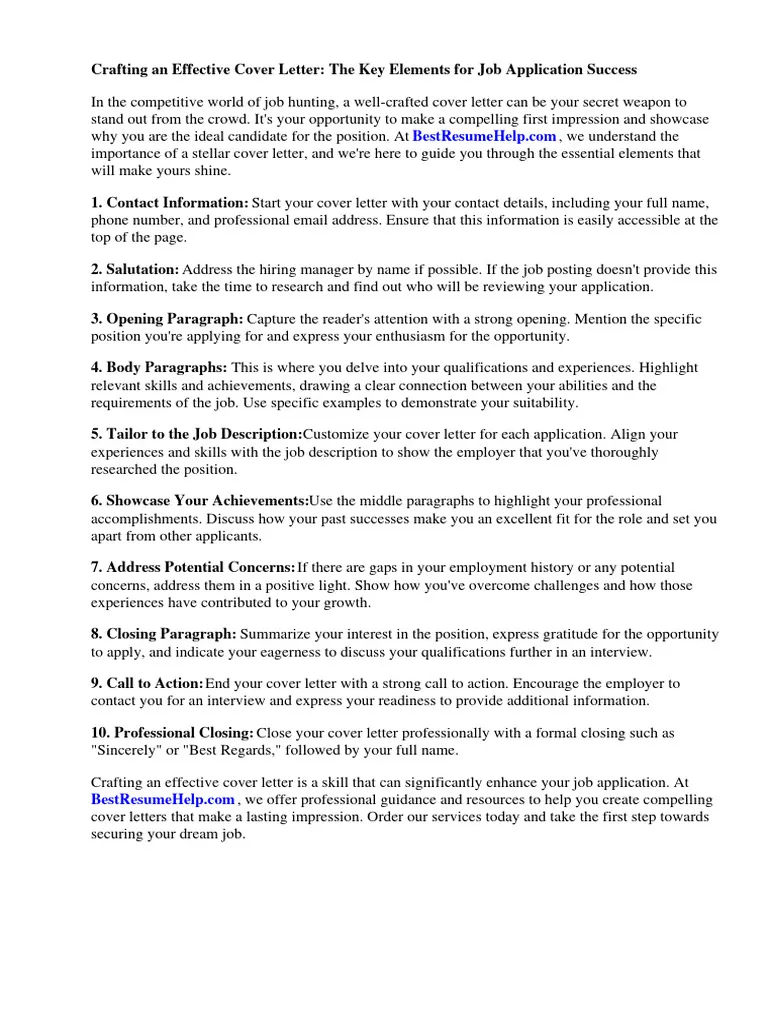
Proofread your cover letter carefully for grammar, spelling, and punctuation errors. Have a friend or family member proofread it as well. Errors can create a negative impression. It shows your attention to detail. A well-proofread cover letter indicates your writing skills and professionalism.
Cover Letter Format Examples
Cover letter formatting can vary depending on the experience level and the job. Here are a few examples to help you.
Entry-Level Cover Letter Format
Entry-level cover letters should focus on academic achievements, internships, volunteer experience, and transferable skills. Highlight relevant coursework, projects, or skills from education. If you have limited work experience, emphasize your eagerness to learn and contribute to the company. Mention soft skills like communication, teamwork, or problem-solving abilities. Put an emphasis on skills you developed in academic and extracurricular activities.
Mid-Career Cover Letter Format
Mid-career cover letters should emphasize your professional accomplishments and quantifiable results. Highlight your expertise in your field and career progression. Use body paragraphs to give examples of your achievements and the impact you made in previous roles. Explain how your experience aligns with the job requirements. Highlight leadership skills and your capacity to improve processes. Always make sure you demonstrate your professional journey.
Executive Cover Letter Format
Executive cover letters should showcase your leadership experience, strategic vision, and the ability to drive results. Focus on your executive-level achievements and the impact you have made on previous organizations. Highlight your leadership skills and strategic thinking. Tailor the content to the requirements of the role. Your communication style should reflect confidence and experience. Include results that show your value to the organization.
Cover Letter Formatting Mistakes to Avoid
Avoiding common formatting mistakes is crucial to make your cover letter effective. These mistakes can detract from your qualifications and may lead to rejection. Ensure you avoid the following mistakes to make a good impression. These mistakes can easily be corrected.
Typos and Grammatical Errors
Typos and grammatical errors can damage your credibility. Always proofread your cover letter. Ask a friend, family member, or career advisor to review your letter. Errors will send the wrong message.
Generic Content
Avoid generic cover letters that are not tailored to the specific job or company. Customize your cover letter to the job description and express your genuine interest in the role. Demonstrating you have researched the company and understand its needs is essential. This shows that you are serious about the job.
Too Long or Too Short
Keep your cover letter concise and focused. Aim for one page in length and avoid lengthy paragraphs or unnecessary details. A short cover letter may not provide enough information, while a long letter can lose the reader’s interest. Always make sure you get straight to the point.
Poor Formatting
Poor formatting, such as inconsistent spacing, font choices, and margins, can make your cover letter hard to read. Always follow standard formatting guidelines to make your cover letter easy to read and professional. It helps to maintain a professional tone and make a good first impression.
